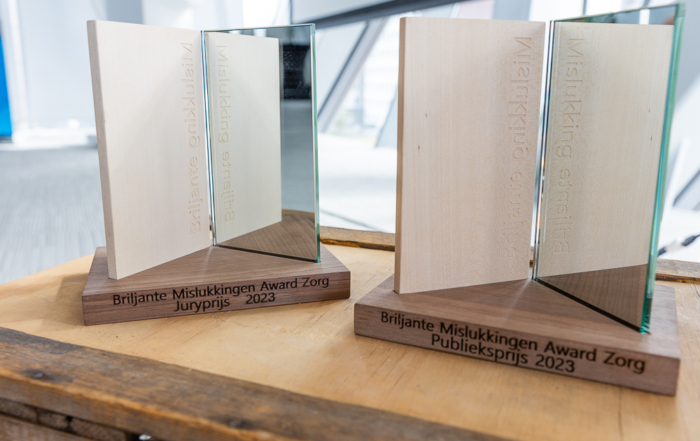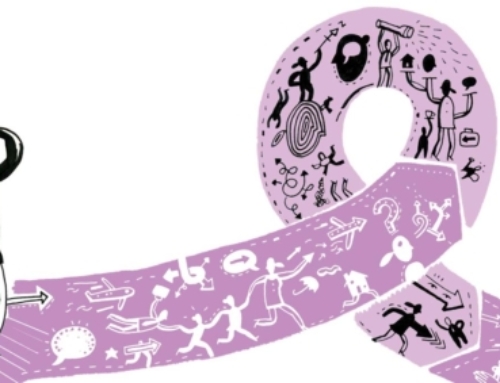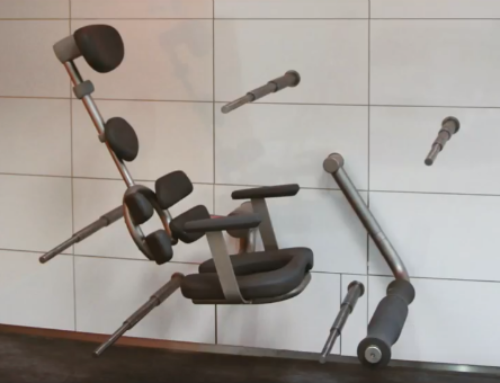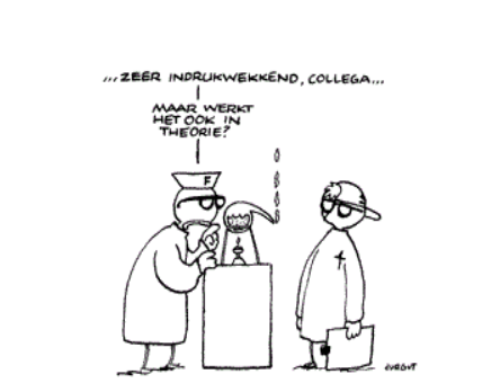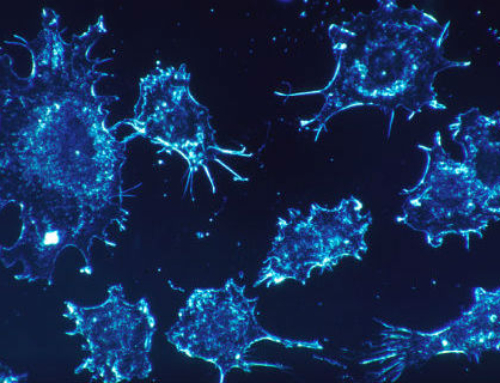The intention
William Herschel (1738-1822) wanted to investigate the temperature differences between various colors of visible light at the beginning of the 19th century.
The approach
Herschel, originally an astronomer and composer, did this by refracting sunlight with a prism glass. He then placed thermometers in the various colors of light. Finally, he placed a 'control' thermometer in a place where there was no light. This would measure the air temperature and serve as a reference for the temperature differences of the other thermometers.
The result
He planned to subtract the reference temperature of the thermometer in the dark from the "higher" temperatures of the various colors of light.. However, to his surprise, the temperature of the control thermometer was higher than the others!
Herschel could not explain the outcome in any way and thought his experiment had failed.
Yet he continued to search. He moved the control thermometer to other positions (above and below the color spectrum) where the air temperature was measured.
He concluded that there must be some invisible radiation beyond the red part of the color spectrum.
The lessons
One of the reasons why William Herschel was such a success as an astronomer and researcher, probably because he stayed curious, even if an intended idea didn't work right away.
Further:
In addition to the 'inventor' of infrared radiation, Herschel is also known as the astronomer who 1781 Uranus discovered. He made many more interesting astronomical discoveries.
The applications of infrared light are very diverse, ranging from wireless short-range communication (remote control) to military applications to locate the enemy.
Sources, o.a.:
· Dr. S. C. Liew. Electromagnetic Waves (English). Centre for Remote Imaging, Sensing and Processing. Retrieved on 2006-10-27.
· Astronomy: Overview (English). NASA Infrared Astronomy and Processing Center. Retrieved on 2006-10-30.
· Reusch, William (1999). Infrared Spectroscopy. Michigan State University. Retrieved on 2006-10-27.
Author: Bas Ruyssenaars
OTHER BRILLIANT FAILURES
Who finances lifestyle in cardiac rehabilitation?
Beware of the chicken-egg problem. When parties are excited, but first ask for proof, check carefully whether you have the means to provide that burden of proof. And projects aimed at prevention are always difficult, [...]
Brilliant Failure Award Healthcare – 20 to stop coming up with new advice 2024
Wednesday 20 In November, the Brilliant Failure Awards for Healthcare will be organized for the tenth time by the Institute for Brilliant Failures.
Brilliant Failure Award Healthcare – 20 to stop coming up with new advice 2024
Wednesday 20 In November, the Brilliant Failure Awards for Healthcare will be organized for the tenth time by the Institute for Brilliant Failures.



